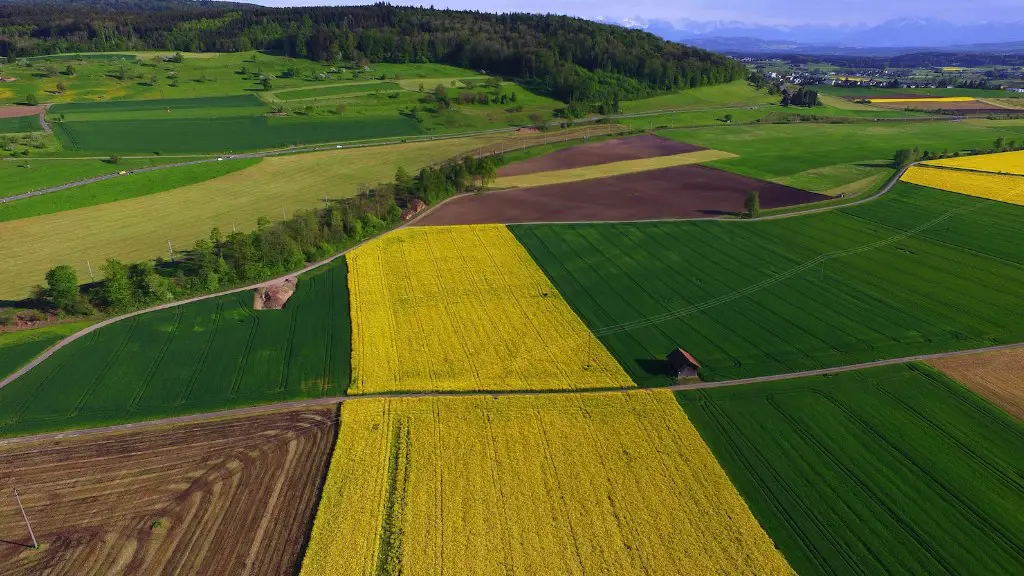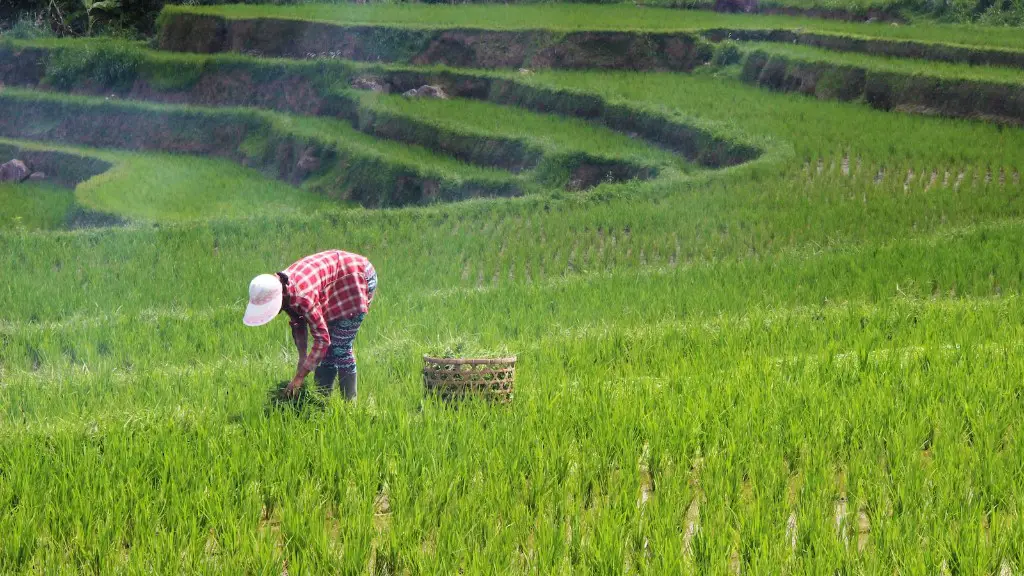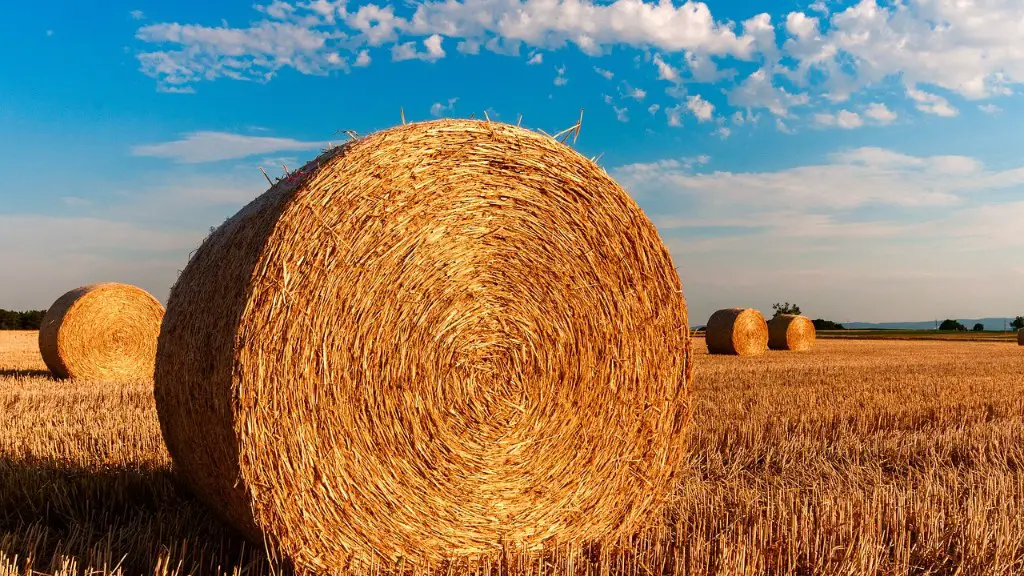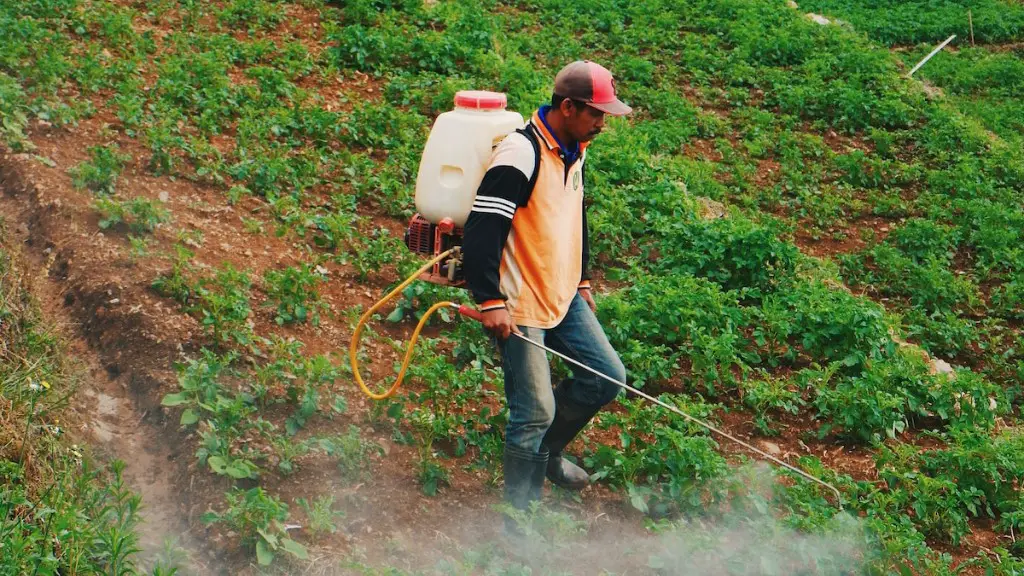Crop, when it comes to agriculture, is a type of plant that’s grown for human consumption and/or to produce raw materials. It is the output of a farming system, where crop cultivation involves the growing of various types of plants and using them in various ways. It is an activity that humans have been doing through the centuries, as the need to feed themselves and their livestock grew. Crop farming has been a mainstay of human civilization ever since people realized that plants can be harvested and used as a food source. Crop farming is also key in producing raw materials like woolen fibers, cotton, jute, and flax, and also includes growing tobacco, hemp, and various types of spices. Basically, it is an activity that humans perform to produce and use plants for their own purposes.
Yield Nutrients and Variety
Crop yields are the result of careful regulation and management of plants and could produce higher yields with enhanced and improved management. Integration of crop systems and technologies can increase the yields and efficiency of the crops, as well as introduce new nutrient sources into the crop system that can help increase the nutritional value of the final product. Professional crop farmers are aware of specific crops that are in demand by consumers, and can strategically plan out the number of acres that they will sow in order to produce the desired yields.
Farmers apply crop rotation to maximize the yields and quality of their crops, as well as to reduce their dependency on specific products. Crop rotation is the practice of planting different types of crops on the same acreage during various seasons of the year, with each crop having a different nutrient requirement, leading to better nutrient management. It also allows for a more diversified crop system, as various types of crops can be grown simultaneously in order to respond to the changing markets. In addition, it can also produce higher yields, as different nutritionally balanced fertilizers can be applied to each species in order to make them thrive.
Year-round Production
As the global climate changes, crop farmers are having to explore ways to adapt their practices in order to produce year-round production. In traditional farming, farmers would only plant crops at certain times of the year, and would be limited in their ability to produce huge amounts of crops in a year. However, with the advent of new technologies like greenhouses, hydroponics, and modern irrigation systems, it is now possible to produce seasonal crops year-round. This type of advanced production also allows for more nutrient-rich crops, as fertilizers can now be applied in controlled doses throughout the growing season.
Using crop rotation and different technologies also enables farmers to diversify their production with wines and other beverage crops. These crops have become increasingly popular in recent years due to their high nutrient and health benefits. Wine grapes, for example, are high in antioxidants and are thought to reduce heart disease and cancer risk, while coffee cherries are known for their anti-inflammatory and anti-depressant benefits. In other words, crop farmers now have more options for producing healthy, nutrient-rich products on their farm.
Advanced Techniques:
Crop farmers are now able to use advanced techniques such as leveraging pesticides and genetically modified crops in order to increase their yields. These pesticides and GM crops are sometimes introduced in order to combat certain insects, diseases, and weeds that compete with the crop for resources and nutrition. Managing pests and weeds can be a challenging task and pesticide applications are a way to reduce the amount of manual labor that the farmers have to perform and increase their yields.
GM crops, on the other hand, are created when genetic material from one species is transferred to another. This technology can lead to improved yields, as the traits from one species can be passed on to another that can help it resist disease, tolerate extreme temperatures, or have a longer shelf life. These crops usually require special care and management, however, as they may be susceptible to certain diseases. Furthermore, their use has been subject to a lot of controversy, as some people argue for the safety of such products, while others caution against their use.
Organic Crop Production:
Organic production is a form of crop production that relies heavily on natural inputs and utilizes natural pest and weed management practices. This type of production is becoming more popular due to its environmental benefits, as it avoids the use of any synthetic inputs such as fertilizers and pesticides. Organic production also tends to produce a more nutrient-dense crop, as organic fertilizers are known to contain more vitamins and minerals than synthetic fertilizers.
In organic crop production, farmers utilize specific strategies to ensure optimal growth and yield, such as crop rotation and intercropping. Crop rotation decreases the risk of disease and pests, as different plants are exposed to different environmental conditions, while intercropping allows two or more crops to grow in close association, promoting pollination and pest control. Organic production also boosts the soil quality, which can lead to increased yields and better nutrition.
Climate Change:
Climate change is impacting crop production and farmers around the world need to adapt their practices to survive changing weather patterns. Changing temperatures, changing rainfall, and increasing CO2 levels can all affect the amount and type of crop that is produced, as different species react differently to changes in temperature, rainfall and other environmental disturbances.
Crop farmers must now predict the upcoming weather and consider their irrigation techniques, as well as their crop choice. Planting drought tolerant crops, for example, can reduce the amount of water needed for irrigation and lead to increased yields. In addition, technologies like drip irrigation and drought tolerant crop varieties can help increase production yields, even in regions where rainfall is scarce. As the climate changes and farmers adapt their techniques, we can expect that yields will continue to improve.
Techniques for sustainable crop production:
Aside from changing climate-related needs, sustainable crop production is the best way to ensure the continued success of crop farming. Sustainable crop production focuses on methods that benefit both the environment and the people, while also producing high yields. These techniques include the use of natural fertilizers and pest control, as well as utilizing crop rotation and intercropping.
Integrated crop management is a type of sustainable crop production that combines multiple practices, including crop rotation, intercropping, and cover crops. This helps improve crop yield, reduce nutrient leaching and erosion, and also promote beneficial species, such as lady bugs and earthworms. Furthermore, integrated pest management utilizes different methods of controlling pests, such as crop rotation, the use of natural predators, and the use of traps and baits.
Cover cropping is a practice that involves planting a different crop in between the primary crops in order to protect the soil from erosion, reduce weeds and diseases, and also improve the fertility of the soil. Cover crops can also increase organic matter in the soil and help absorb nutrients from fertilizers, reducing the potential for nutrient leaching. Finally, crop diversification is one of the key components of sustainable crop production, as it decreases the farmer’s dependency on a single crop and thus ensures a more resilient crop production system.



